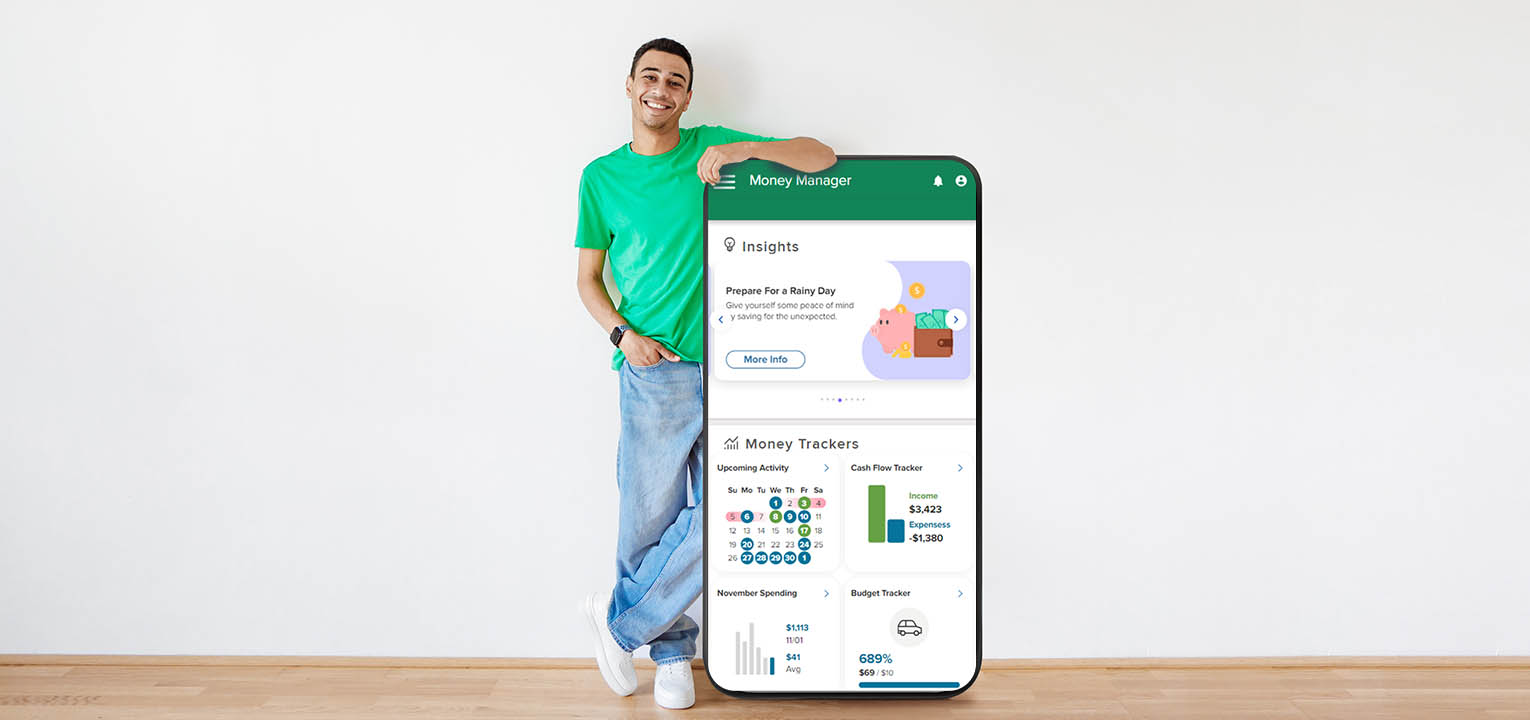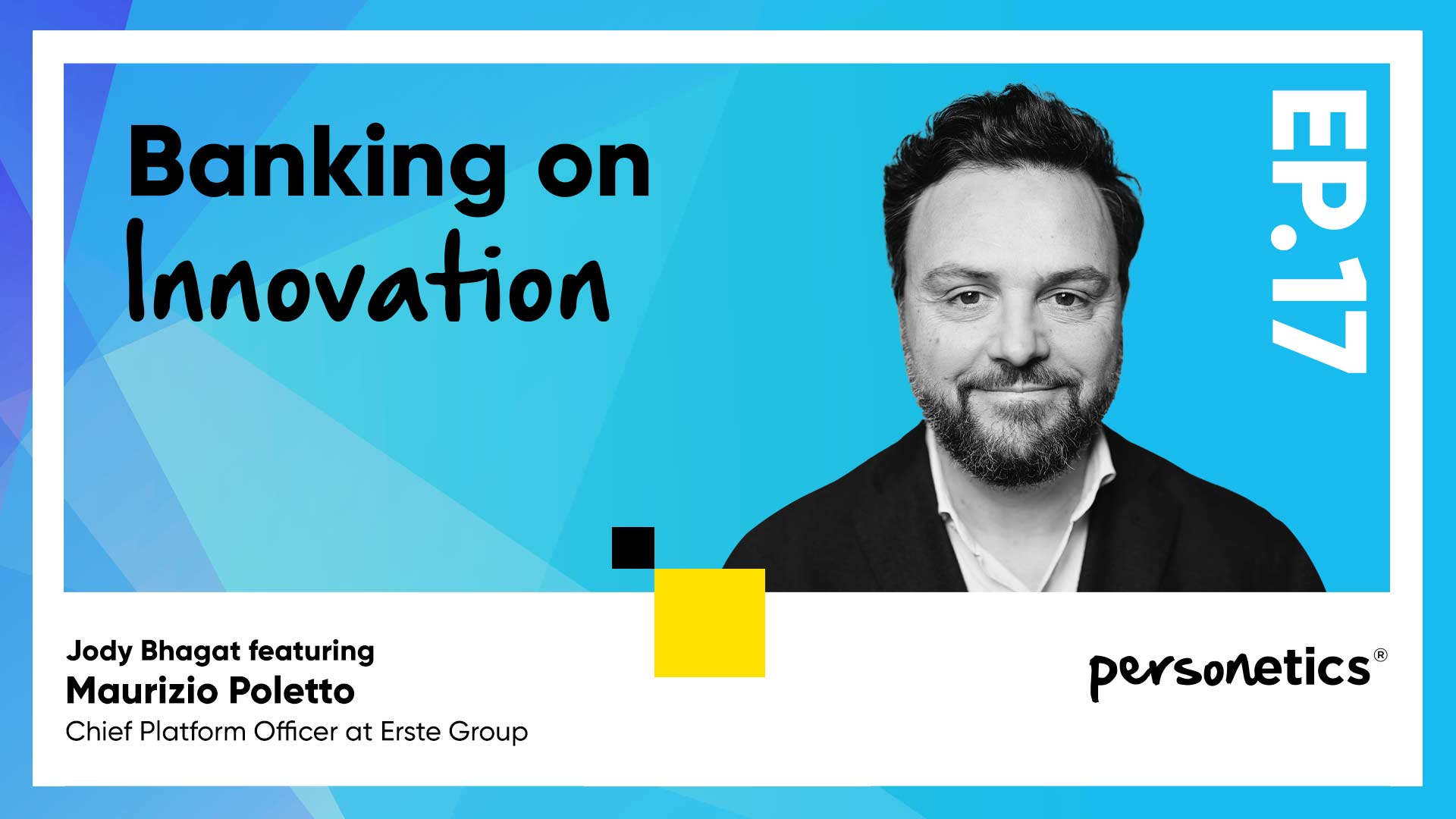June 11, 2020
How Banks Can Promote Customer Financial Resilience

New Orleans is a city that has seen the worst of what a natural disaster can deliver including Hurricane Katrina which killed 1,800 people and caused an estimated $135 billion worth of damage. But this catastrophe was the impetus for the city to release a first-of-its-kind resilience plan intended to avert a repeat of history. By appointing the first-ever chief resiliency officer, the city made it a priority to create a resilient system which would have capacity to absorb impacts, adapt to change, learn, and if needed, reorganize quickly. Resilience in this case is the capacity to survive, adapt, and grow no matter what kinds of chronic stresses and acute shocks arise. Resilience focuses on both citizens and the local and federal agencies’ ability to plan and prepare rather than responding and reacting.
In the current pandemic, we can look towards those leaders who survived previous natural disasters for lessons learned during those crises. Just as civic leaders of New Orleans worked hard to fortify a newly resilient city and citizens, so to banks should be building the blocks of customer resiliency and implement systematic changes now to withstand and recover from temporary financial hardship and disruptions in the future. Because resilience building is an ongoing process that must start well in advance of future crises to create habit forming behaviors aimed to strengthen customers for the long-term, banks must start now.
When a bank focuses on customer resiliency, not only will its customers be able to withstand future stresses, but the bank itself will develop resiliency by have higher rates of customer LTV (long-term value), customer loyalty, product adoption and significantly lower rates of customer delinquency and default. Strategies from the field of disaster preparedness can help banks and their customers become resilient, developing tools that allow not just quick recovery from shifting economic realities, but their proactive preemption. That is the type of institution customers want to bank with right now, as they face financial uncertainty and need assistance building emergency savings, reducing debt, and managing their spending more effectively.
What do disaster preparedness strategies look like, and how can they be translated into products and services that position bank and customer as partners in building resilience?
Mitigating and Preparing for Financial Hardship
The United States’ Federal Emergency Management Agency (FEMA) divides the disaster management cycle into four phases: mitigation, preparedness, response, and recovery. Banks trying to build a stronger and better customers’ resilience should focus on lessons from the mitigation and preparedness phases, since they occur before disaster strikes, including “actions taken to prevent or reduce the cause, impact, and consequences of disasters,” and “planning, training, and educational activities for events that cannot be mitigated,” respectively.
It’s not only the city of New Orleans that has transformed over the last decade. We are seeing a broader shift in the overall approach to disaster management in the banking sector, from one of reaction and response to one of planning and preparation. . For example, President Obama’s National Disaster Resilience Competition is awarding $1 billion to communities that have been impacted by disasters in recent years to help them better prepare for the future.
Banks can construct their own levees that mitigate the extent of financial hardship their customers face when an economic downturn comes by creating savings and debt reduction programs that teach, encourage and reward positive financial behavior, or completely automated programs that make all of the financial decisions and transfers on behalf of the customer. In doing so, they become better equipped to address acute financial needs and, more importantly, they lay the groundwork to be less damaged by crisis in the first place, with tools to rebound quickly – like a coastal city with reinforced levees.
Similar to planning for disaster mitigation and preparedness, customer resiliency is cultivated over time. It is not reactionary to world events because, like being caught off-guard by a hurricane, at that point it is too late. Borrowing lessons in mitigation and preparedness can help banks put in place the ongoing processes needed to develop resilience. And some already have experience.
Lessons from Disasters Help Banks Preempt Customer Needs
While federal agencies are promoting more resilient approaches, it is cities like New Orleans, and others of all sizes, that are leading on implementing these solutions. The City Council in the town of Moore, Oklahoma, the site of a deadly tornado in 2013, approved the formation of a Resiliency Department to integrate disaster teams into every city agency to ensure all departments are working together to prepare for the next crisis.
The importance here is how to prepare for – rather than react to – the social, economic and physical threats of the 21st century world. In the new normal where future economic uncertainty is certain, all banks should operate as though the next disaster is around the corner, and that thinking should inform the products and services they offer their customers – to build their customers’ resilience and in turn, their own resilience.
This is the time for banks to make a major shift in their product offerings. The biggest asset the banks has is a full record of financial transaction data which gives them enough information to anticipate and proactively offer products that will preempt the next disaster. Algorithms for disaster management in the banking sector can identify customers who might default or need loans based on previous behavior and reach out proactively to prevent those customers from dipping into negative. If banks pinpoint those customers preemptively, even if they can only save a fraction of them from ever getting into trouble in the first place. This is critical because once customers fall into negative territory it is harder to get them out, just like it is harder to prevent major damage once a storm wall has been breached.
Using Technology to Mitigate and Prepare
The need for banks to respond to customers’ increasing vulnerability will only continue, so their strategy must be open-ended and ongoing. Data and AI play an important role here. They enable banks to help customers get better at weathering small storms, so they are ready when the big one hits.
Banks can use data and AI to better understand their customers’ current financial situation, then design and offer Automated, hassle-free personalized programs to buff up their savings, reduce debt, and help them better manage their spending. Traditional tools like round-up programs and recurring transfers are limited in their impact on resilience, because they keep the onus on the customer to make smart, resilience-minded decisions and deny the consumer their full savings potential. Short-term actions like payment deferrals and small business loans can surely alleviate need but do little to affect customers’ behavior for long-term preparedness.
Automated services, in contrast, help customers build habits that prepare them to weather the storm while requiring minimal action. Ally Bank’s Surprise Savings program analyzes customer spending to find areas where they could save more – detect safe-to-save pockets of money and automatically moves that money for them. Customers only need to link an account, including an external account, to start automatically building their financial levee. Building these healthy financial behaviors in good times – which is much easier to do for most people – will enable customers to withstand difficult times for a long term, because they will have been taught how to act.
Preparedness Builds Resilience
Today, thousands are flocking to a renewed New Orleans. Why? Because the city is rebuilding in a more resilient and more inclusive, integrated way. In the last several years, New Orleans has transformed its public education system, diversified its economy and reimagined its neighborhoods, with transformative results—yielding what we call resilience dividends, those benefits which pay off in the good times, while reducing vulnerabilities in bad times. A city once brought to its knees, is rising again, stronger than before.
Want to explore how your bank can harness the power of AI to engage and serve customers? Request a demo now
Latest Posts

How AI is Elevating Customer Engagement at Central Bank

Elevating Finance: OpenAI's Role in Revolutionizing Banking

Humanizing the Banking Experience: Interview with “George” Banking Platform Creator Maurizio Poletto









